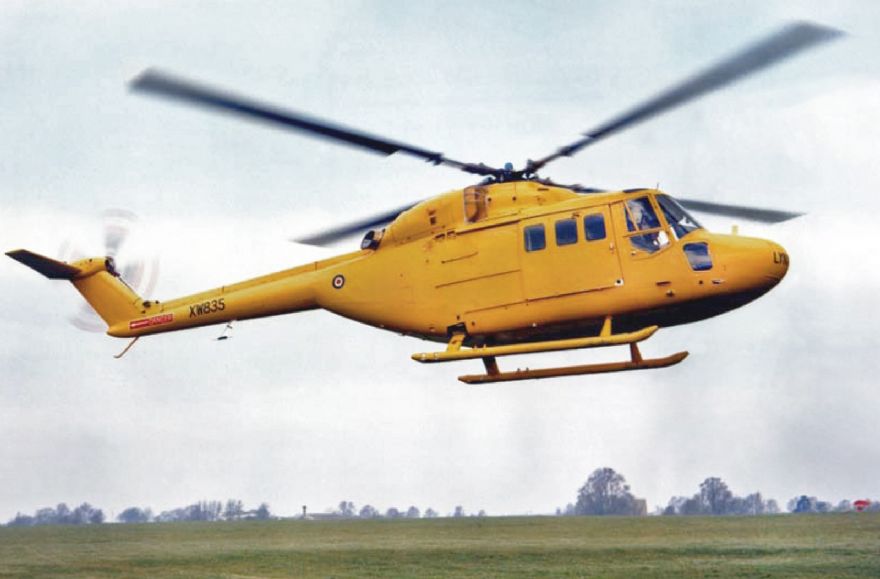
Earlier this month,
Leonardo celebrated the 50th anniversary of its A109 helicopter, an ‘iconic product that represented a revolution in the life of the company’. The type enabled Italy to become one of the world’s few nations with an OEM capable of the autonomous design, development and manufacturing of helicopters — and become highly successful in both national and export markets. The maiden flight of the Agusta A109 was on 4 August 1971.
The project request to the-then top management originated from the designer Bruno Lovera, with the subsequent a A109 prototype flown by by pilot Ottorino Lancia. The new model featured a four-blade articulated main rotor, a semi-rigid two-blade tail rotor and retractable landing gear, giving it ‘unique handling and overall flying qualities’. The 2.4-tonne eight-seat type was certified both in Italy and the USA four years later; it entered the market in 1976.
The new model also enabled the company to enter the highly competitive US market and establish a logistics centre in Philadelphia; this later became home to Leonardo’s helicopter industrial presence in the USA for rotorcraft manufacturing, support and training services.
Early success in the mid-1970s led to a continued and increased presence of the company in the competitive light twin global market with a number of versions and newly certified types for a wide range of civil, public service and military applications.
The introduction of new 3.0-tonne class models included the Power and Grand, and more recently the GrandNew and Trekker aircraft — along with customised military and government variants such as the LUH and Nexus. Over the past 50 years Leonardo has sold more than 1,600 light twin helicopters to customers in over 50 countries across all continents.